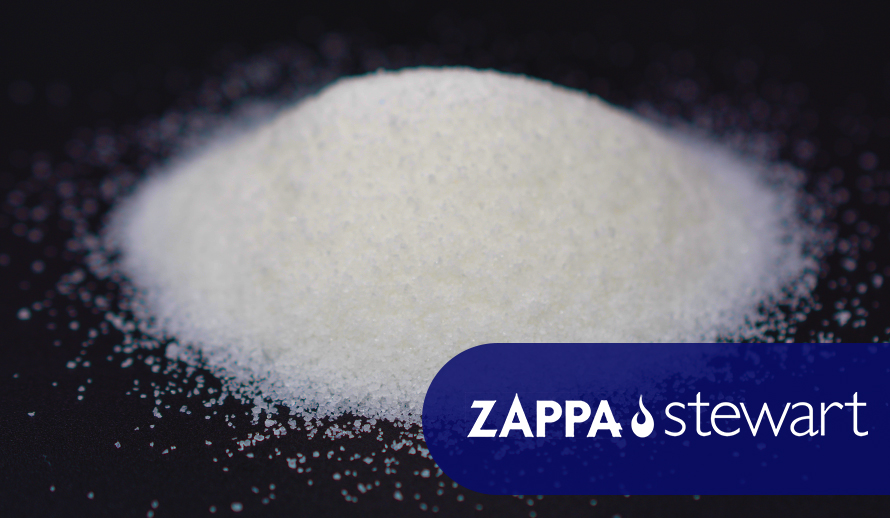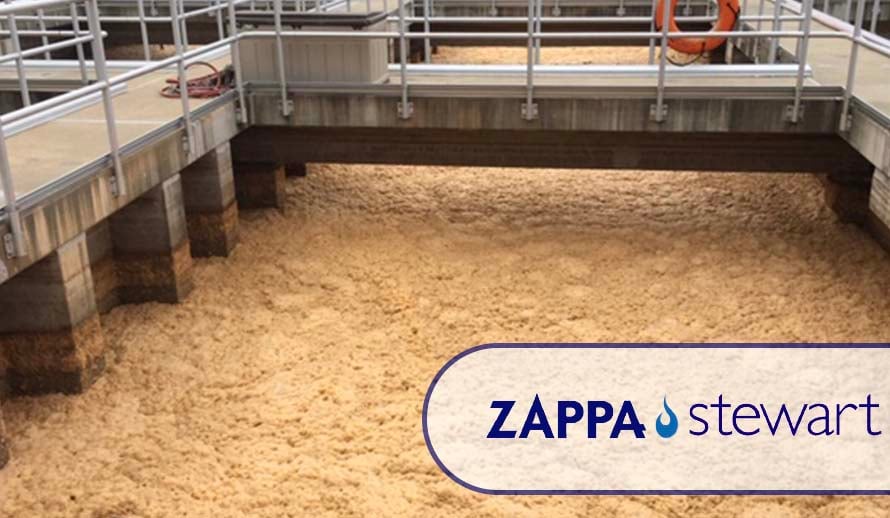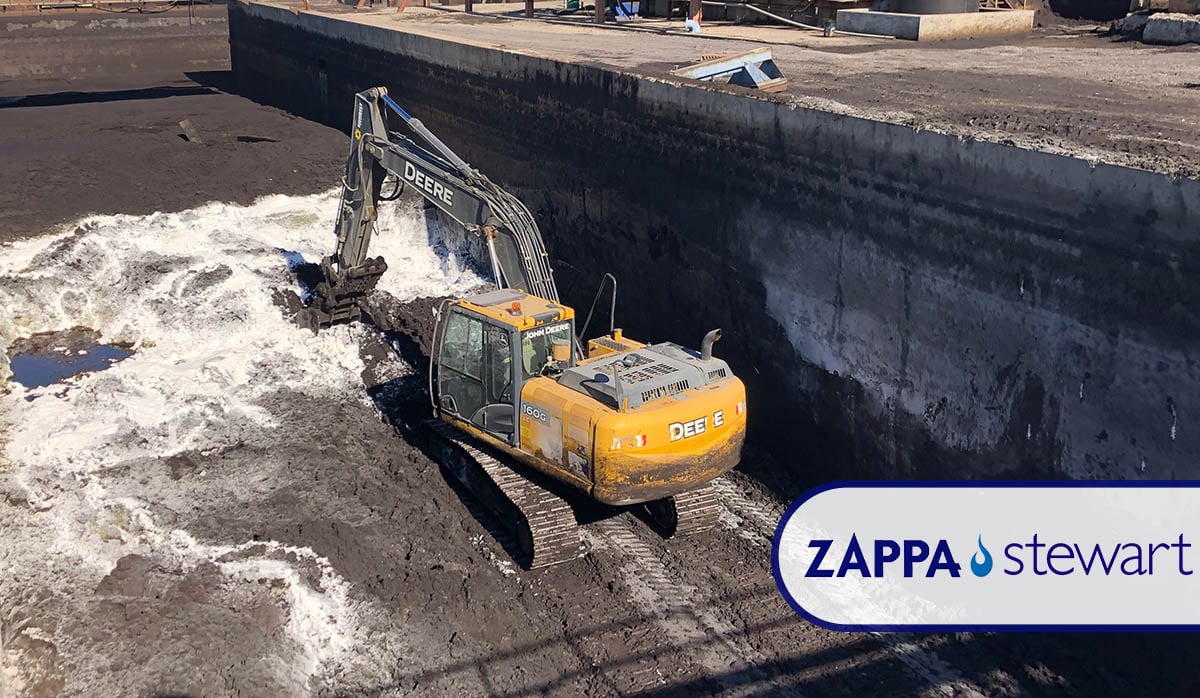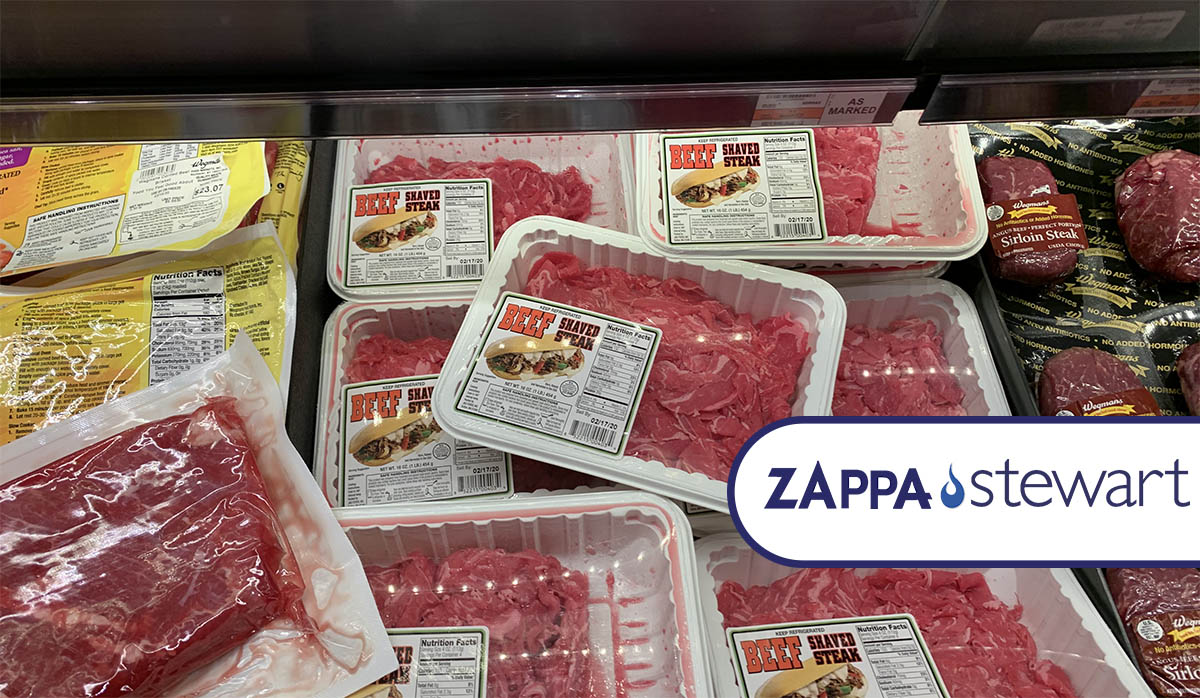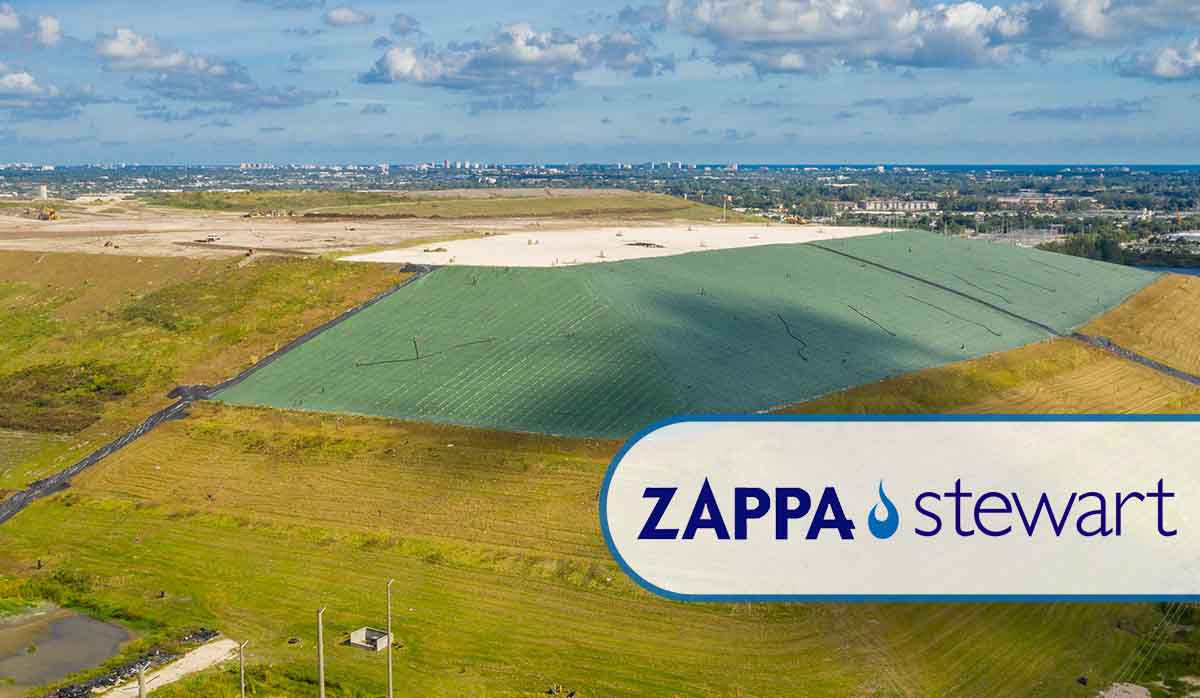Superabsorbent polymer (SAP) technology has a wide range of uses in a multitude of industrial, consumer, and specialty markets. The average consumer encounters SAPs on a daily basis, often without realizing their presence. SAPs are used in baby diapers, absorbent pads for food packaging, in hot/cold gel packs, feminine hygiene products, cat litter and more. SAPs also play a role in solidifying and rendering liquids generated by medical procedures as non-"red bag waste." In addition to the consumer goods and medical markets, SAPs are compatible with a long list of construction and industrial process wastes.
Topics: Medical Waste Solidification, Liquid Waste Management, superabsorbent polymers, Wastewater Treatment Sludge, HDD Solidication
When a Southeastern US-based fiber optic and telecom contractor was faced with a persistent liquid waste management challenge, the contractor contacted Zappa-Stewart to conduct an on-site demonstration of solidification with ZapZorb superabsorbent polymers (SAPs).
Topics: Waste Solidification, SAP, Sawdust vs SAP, Liquid Waste Management, superabsorbent polymers, Wastewater Treatment Sludge
Industrial contractors utilize superabsorbent polymers (SAPs) in wastewater treatment, horizontal directional drilling (HDD), remediation, and other industrial sectors to simplify the solidification of challenging liquid waste streams. SAPs feature the highest absorbency of any solidification technology, allowing contractors to process more sludge with less reagent, minimizing the quantity of material mixed into the waste, time spent blending reagent, and the disposal weight of the solidified waste.
Topics: SAP vs Cement, superabsorbent polymers, SAP Applications, Wastewater Treatment Sludge, Sludge removal
With the recent COVID-19 pandemic caused by the novel SARS-CoV-2 virus, infection control within the healthcare environment is more important than ever before. Management of potentially infectious waste needs to be strictly followed in order to keep our healthcare workers, material handlers, truck drivers and others safe from potentially virulent material. Taking full precautions and maintaining compliance with existing regulations support employees’ health and safety, which in turn benefits hospitals and other service companies that depend on said employees.
Before starting a discussion on how Zappa Stewart solidifiers allow compliance, let’s first understand the regulations with which a product/business must comply.
Topics: Medical Waste Solidification, superabsorbent polymers, SAP Applications, Covid-19, Infectious Viruses
Sludge, a viscous mixture of liquid and solid components, is generated by essentially all industrial and municipal wastewater treatment facilities. When sludge must be periodically removed in order for plant maintenance crews to conduct repairs on process equipment and concrete holding basins, superabsorbent polymers (SAPs) are the safest, fastest, and most efficient choice to convert wet sludge to dry stackable solids.
Topics: Environmental Conditions, Environmental Remediation, SAP vs Cement, Sawdust vs SAP, superabsorbent polymers, SAP Applications, Wastewater Treatment Sludge, Solidifier
The new coronavirus epidemic, COVID-19, which originated in Wuhan China, causing severe respiratory illness, has brought a heightened level of both awareness and panic to the general public regarding the spread of viruses and infections in general. This only adds to the pressure hospitals and other healthcare centers have been under to reduce Hospital Acquired Infections (HAIs), which, according to the Centers for Disease Control and Prevention (CDC), affect roughly 1 in every 31 hospital patients across the United States.
Topics: Medical Waste Solidification, superabsorbent polymers, Coronavirus, Covid-19, SAP for Medical Applications
Have you ever wondered how those thin pads under your ribeye steak absorb and hold so much liquid? Yet a similar size paper towel can only absorb a fraction of the same volume and releases the liquid when any pressure is applied.
Topics: superabsorbent polymers, meat tray, dali tray, SAPs for consumer products, SAP Applications
Liquid waste streams such as wastewater treatment sludge (biosolids), coal combustion residuals (coal ash slurries), horizontal direction drilling (HDD) mud, and dredged sediments are challenging to manage for many reasons. Regulatory restrictions on liquid waste disposal require free liquids to be absorbed, or solidified, prior to acceptance at landfill facilities. The absorbent material that is selected can impact the landfill’s leachate management costs, the landfill’s longevity, and the water quality in groundwater and surface water in the vicinity of the landfill. Superabsorbent polymers (SAPs), one of the EPA’s few accepted absorbent materials, help landfills minimize leachate management costs, mitigate environmental risks from leachate leaks, and maximize landfill life.
Topics: Liquid Solidification, Landfills, Liquid Waste Management, superabsorbent polymers


